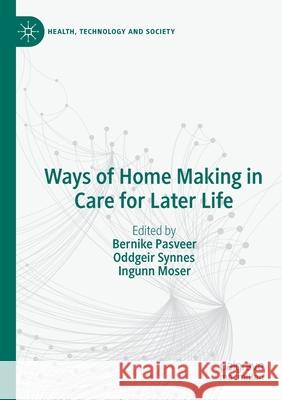Ways of Home Making in Care for Later Life » książka
topmenu
Ways of Home Making in Care for Later Life
ISBN-13: 9789811504082 / Angielski / Miękka / 2021 / 312 str.
Ways of Home Making in Care for Later Life
ISBN-13: 9789811504082 / Angielski / Miękka / 2021 / 312 str.
cena 523,30
(netto: 498,38 VAT: 5%)
Najniższa cena z 30 dni: 501,19
(netto: 498,38 VAT: 5%)
Najniższa cena z 30 dni: 501,19
Termin realizacji zamówienia:
ok. 22 dni roboczych.
ok. 22 dni roboczych.
Darmowa dostawa!
Kategorie:
Kategorie BISAC:
Wydawca:
Palgrave MacMillan
Seria wydawnicza:
Język:
Angielski
ISBN-13:
9789811504082
Rok wydania:
2021
Wydanie:
2020
Numer serii:
000331378
Ilość stron:
312
Waga:
0.41 kg
Wymiary:
21.01 x 14.81 x 1.83
Oprawa:
Miękka
Wolumenów:
01
Dodatkowe informacje:
Wydanie ilustrowane











